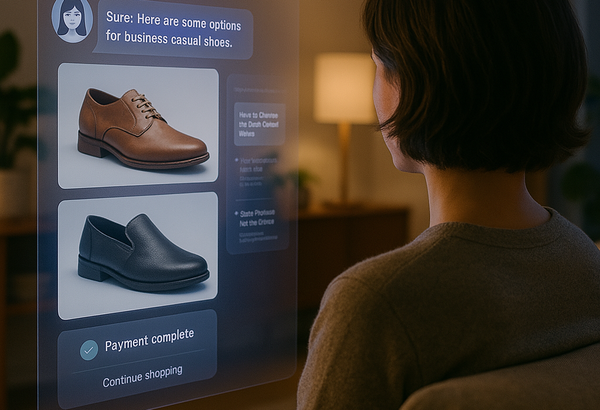[#3] Google's AI Ads, OpenAI Logins, and Smarter Tool Use | Your AI Advantage Weekly
Plus: early signals on AI’s impact on jobs and a smarter way to compare today’s top AI tools.
![[#3] Google's AI Ads, OpenAI Logins, and Smarter Tool Use | Your AI Advantage Weekly](/content/images/size/w1200/2025/05/google-aimode-ads.png)

What’s inside this week
|
Just the Signals

1. Google Ads Now Embedded in AI Overviews and AI ModeGoogle is now showing ads inside AI Overviews on desktop, with a broader rollout to mobile and global markets coming later this year. Ads are also being tested in AI Mode, their most advanced conversational search experience. Source: Google Ads Blog Why it matters
This is the first visible crack in the old internet model. Search is shifting from a list of links to a curated, AI-driven experience, changing how people discover, decide, and buy.
What to do now If you work in content, growth, or commerce: keep a close eye on how your brand appears (or doesn’t) in AI summaries. Learn how AI ranks content and start thinking beyond SEO. The future is AI Experience Optimization. |
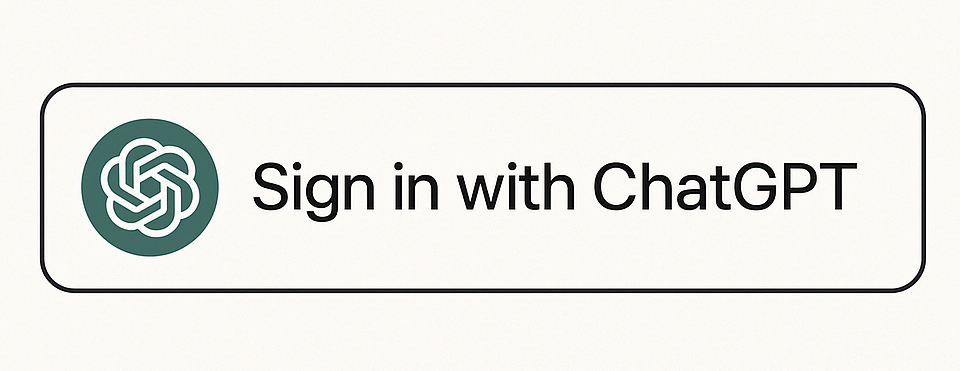
2. OpenAI Wants to Be Your Universal LoginOpenAI is testing ‘Sign in with ChatGPT’ as a way to log into third-party apps. Like Google or Apple login, this could make ChatGPT the gateway to a wide range of tools and websites. Source: TechCrunch Why it matters This positions OpenAI as more than a tool, it’s becoming part of your digital identity. It hints at a future where AI is embedded not just in workflows, but also in access and authentication across the web. What to do now If you’re building software: follow this. It could simplify onboarding and let your app tap into ChatGPT’s memory and context. If you’re on a team: expect more AI tools to “know” you. Make sure you understand what data is being shared. |
3. Fiverr Saw an 18,000% Spike in AI Agent Freelancer DemandFiverr reports an 18,347% increase in AI agent freelancer searches on their site. Companies are hiring help to design, build, and run AI workflows fast. Source: Fiverr Spring 2025 Business Trends Index Why it matters AI is creating a new category of work. Companies need specialists who can implement AI. What to do now If you’re looking for opportunities: build a skillset around AI agents, workflows, and implementation. If you’re at a company: don’t wait for a big rollout. Hire a contractor to fill gaps in your team's knowledge base. |
4. Anthropic CEO: Entry-Level Jobs Are in TroubleAnthropic CEO Dario Amodei warned that AI could wipe out up to 50% of entry-level white-collar roles in 5 years. He predicts AI will write 90% of code within a year, and transform law, consulting, and finance. Source: Business Insider Why it matters AI will shift how people enter and grow within companies. Entry-level roles often serve as training grounds. If those shrink, it changes how teams develop skills, pass on knowledge, and build future leaders. What to do now If you’re early in your career: learn how to work with AI tools. Stay ahead of the curve to enhance your employability. If you’re a leader: build paths for junior talent to grow in an AI-first environment. |

5. xAI Is Paying $300M to Put Grok in TelegramElon Musk’s xAI is paying $300M to integrate its AI chatbot, Grok, into the Telegram app for one year. Telegram will get 50% of subscription revenue. The move instantly gives Grok access to one billion users. Source: Reuters Why it matters As the capabilities of all AI models increase, distribution will decide which ones get used. Grok's integration into Telegram provides an instant audience boost, eliminating onboarding friction. As AI becomes embedded in everyday tools, control shifts from centralized IT teams to individual employees. What to do now If you're a business leader: AI distribution brings both opportunity and risk. To respond effectively, start by mapping: who’s using which tools, what tasks are being automated, where organizational knowledge is being shared, and where potential data leaks could occur. |

6. Smart Glasses: Google, Apple, and Meta Make Their MovesThe race to own the smart glasses market is accelerating. At Google I/O 2025, Google unveiled Android XR smart glasses with built-in Gemini AI. Apple is reportedly developing its own AI-powered glasses, aiming for a 2026 launch. Meanwhile, Meta is doubling down on its Ray-Ban partnership and may expand retail to drive adoption. Sources: Google Blog / UploadVR / PetaPixel Why it matters AI-powered smart glasses are shifting from concept to consumer-ready. What was once niche is becoming a battleground for the next computing platform. These devices promise always-on assistants, hands-free access, and new ways to interact with information. Big tech sees wearables as the next wave of user attention, and the competition is now visible and accelerating. What to do now If you’re in product or innovation: soon wearable platforms will redefine how people interact with software. Start imagining use cases, interfaces, and experiences for these devices. |
Your Advantage This Week
Most people stick to ChatGPT and never look beyond it. But different AI models excel at different tasks, and knowing when to switch gives you an edge.
This live tracker is a simplified, side-by-side view of what each model can do, including reasoning, memory, voice, image, and more. It’s designed to help non-technical professionals make more informed choices as they interact with AI.
Why it matters
Not every AI model is built the same. Some are better for reasoning. Some for video or image generation. Some for memory and persistence. If you're only using one tool, you're leaving better outputs and better decisions on the table.
Top-performing companies don’t rely on a single model, they build AI stacks. According to the 2025 Box State of AI Report, high-ROI teams use an average of 3 model providers. They blend foundation models, specialized industry models, and custom models trained on internal data.
What to do now
Step 1: Open the tracker. Look at which models offer features you haven’t tried yet—like deep research, voice, longer memory, or better visuals.
Step 2: Run the same prompt through 2–3 different models.
Step 3: Notice which model gave you a better answer. That’s how you start leveling up. Not only by learning to prompt better, but by starting to match tools with needs.
Trend to Watch
AI can be trained to think more creatively
Most AI outputs still feel a little… expected. But a new study shows that creativity isn’t just a prompt trick; creativity can be built into the model itself.
Researchers trained open models (like LLaMA and Mistral) to generate more original, diverse, and surprising ideas. The result? These smaller models beat leading models like GPT-4o and Claude in creativity tests, without sacrificing quality.
Why it matters
Teams that use off-the-shelf models get off-the-shelf results. This research shows you can steer models toward the kind of creative output your team actually needs.
If your outputs feel generic, this is a path to differentiate.
What to do now
- Audit your current AI use. Are outputs just polished rewrites, or do they offer new and brand-aligned thinking?
- Flag creative output as a gap in performance, especially in creative, messaging, or brainstorming.
- Share this study with technical teams. Ask if fine-tuning or preference optimization is in scope.
- If buying tools, ask how the model was trained and whether creativity was part of the tuning.
One More Thing
Fresh prompt, stale output? If your AI keeps circling the same take, this quick reset might be the fix.
- It’s probably not your prompt. The issue is often personalization, not phrasing.
- Memory helps with continuity, but it can box you in creatively.
- Try this reset: In ChatGPT, go to Settings → Personalization.
- Turn off “Reference Chat History.” This stops the model from leaning too hard on past chats.
- Go further: Turn off “Reference Saved Memories” for a full reset.
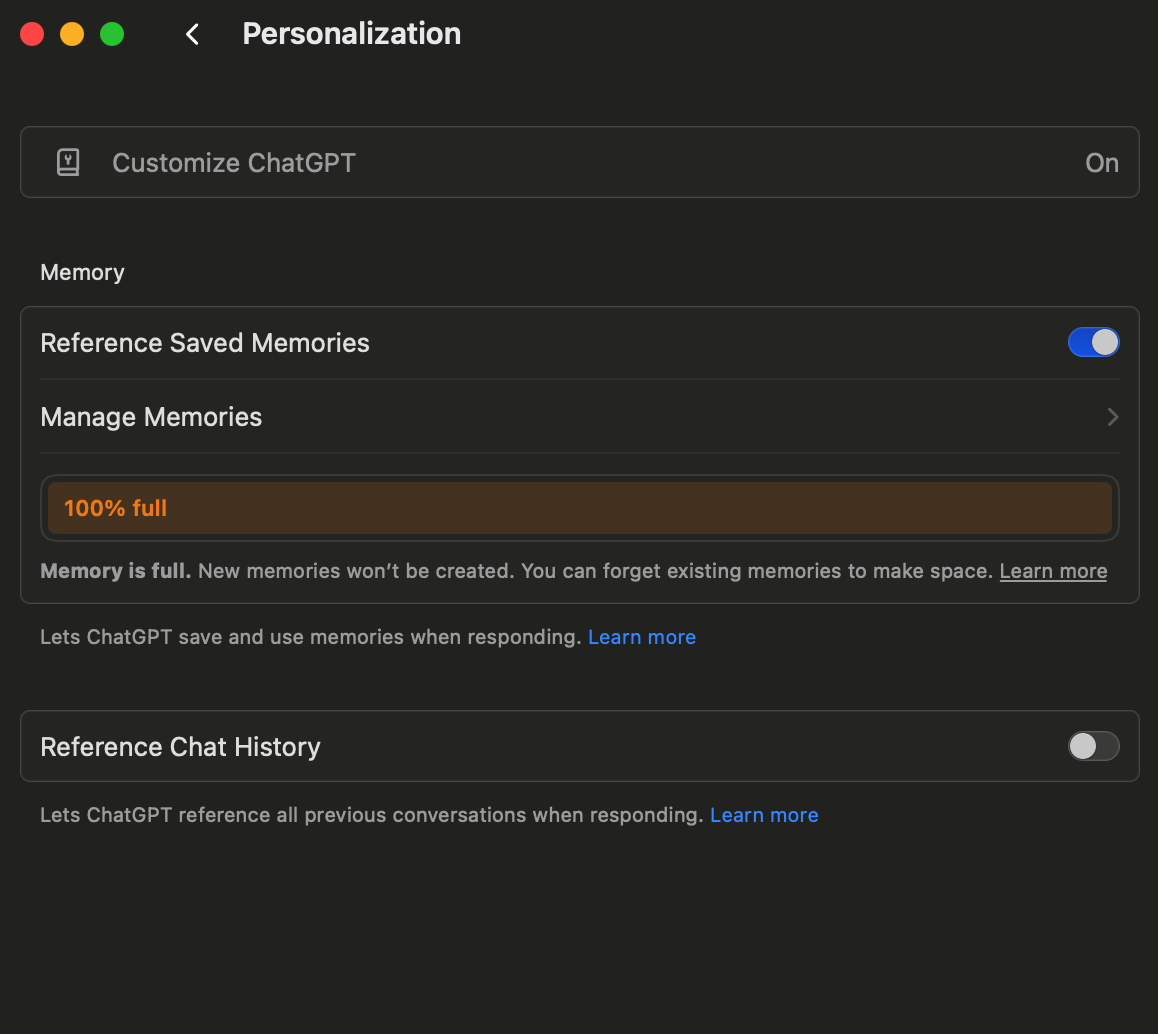
Bonus tip:
After resetting, give the model a short description of your goal for the session. It helps set a fresh baseline without old assumptions.
This one tweak can break output loops and surface ideas you wouldn’t get otherwise.

Not a subscriber yet? Join here for weekly insights on AI, strategy, and the changing workplace.
Found this useful? Forward it to a teammate who’s figuring out AI too.


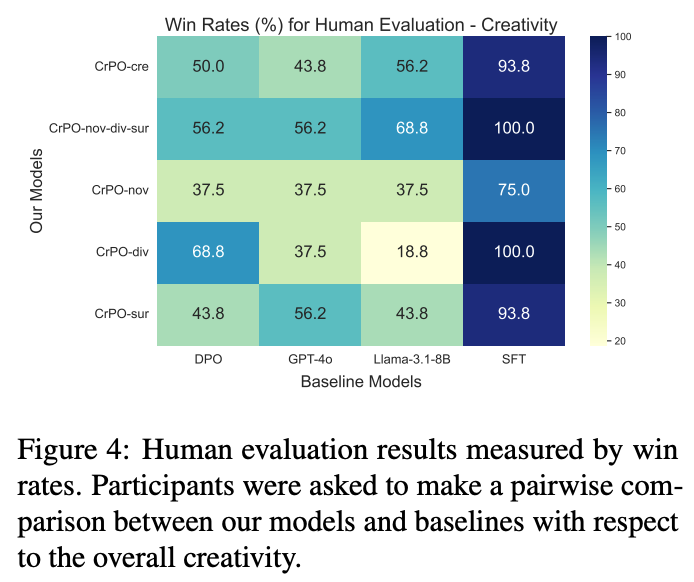
![[#2] What Google I/O, Copilot Agents, and Claude 4 Mean for Your Work | Your AI Advantage Weekly](/content/images/size/w600/2025/05/SP_Hero_Update_1.width-1200.format-webp.webp)
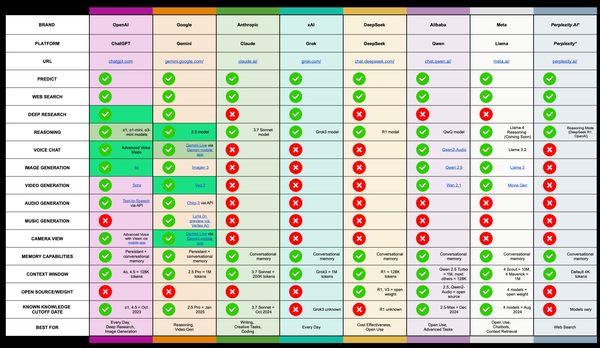
![[#1] Where You Stand and Where Leadership Expects You to Be | Your AI Advantage Weekly](/content/images/size/w600/2025/05/Dq5pU--1--2.png)
